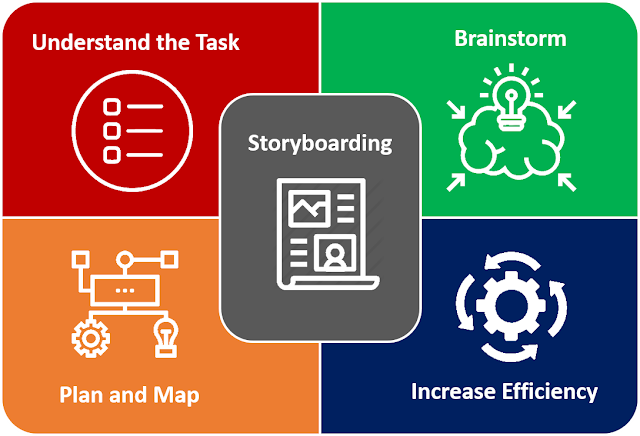The Story Behind Storyboarding, and why it is Critical to Your Proposal Process

Storyboards have long been a part of our standard proposal best practices. We all know that the proposal giants include storyboarding as an integral part of the proposal development process, but where did this concept of storyboards originate? Interestingly, the storyboarding process, in the form we know it today, was actually developed at Walt Disney Productions during the early 1930s! Traditionally, a storyboard is a graphic organizer of illustrations or images displayed in sequence for pre-visualizing a motion picture, animation, or interactive media sequence. The purpose of the storyboard is to visualize the storytelling, focus the story and timing in key frames, and define the technical parameters (e.g., description of the motion, camera, lighting, etc.). Because of the necessity for visual appeal, as well as the desire to present a cohesive “story” in our proposal responses, we adopted this process into our industry standard best practices. Why Storyboarding is Im...



